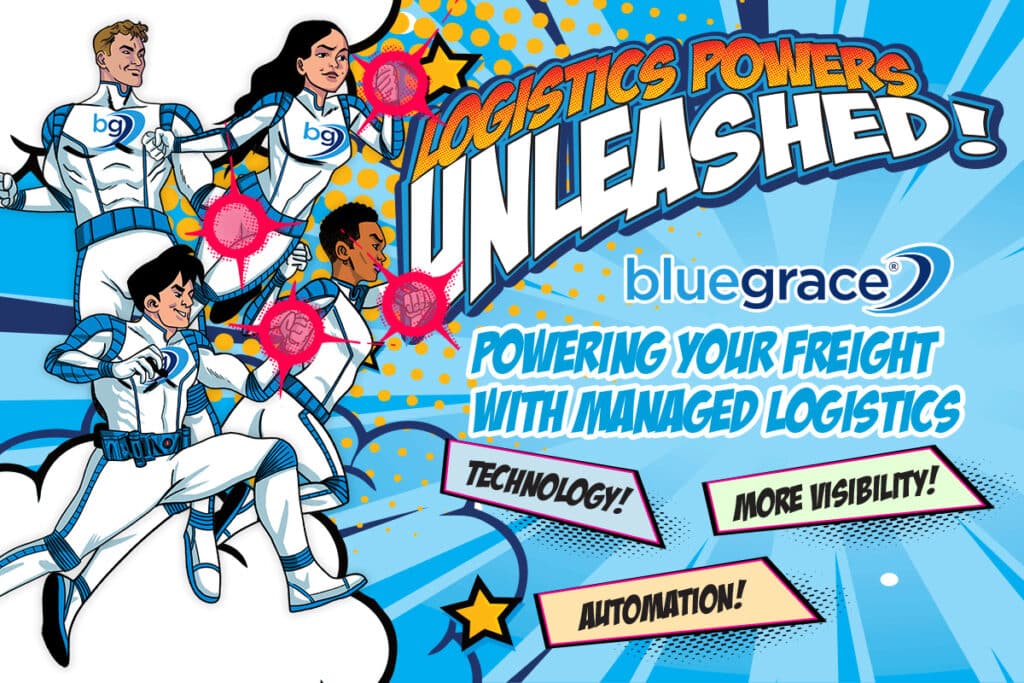The pandemic impact on the global economy has left supply chains reeling under various bottlenecks and pressures. 51% of the respondents in a global Reuters survey felt that the most perplexing challenge is the unpredictable nature of consumer demand.
Demand forecasting is hard. However, that does not mean that businesses can continue in a tricky supply chain world without visibility. It is certainly harder to run an enterprise without forecasts or with incorrect future predictions. Having random data is meaningless without insightful analytics.
In today’s fast-paced world, there are factors that affect the demand of a product. For retailers and manufacturers, identifying the demand of their merchandise and creating the necessary lead-times is becoming an incredibly complex challenge. Approaching a demand analysis with historical data and seasonal variations is no longer competent.
The drivers for growth are not simple factors like the price or quality of a product. Customer expectations and the buying capacity of the purchaser coupled with the cost of substitutes or complementary goods also play an important role. Brand identity, interactive marketing campaigns and differential lifestyles complicate a perfect trend analysis model.
So, how can one be able to plan more effectively and be resilient in their supply chain game? The trick here is to be adaptive and create plans for every possible situation. In theory, it is very easy to preach this concept of being in pace with the ever-changing world. However, how pragmatic is this solution and how does one put this into practice?
Concept of Predictive Analytics
With the rise of big data, businesses must invest in machine learning algorithms and use predictive analytics to enhance their demand forecasting approach. Of course, these sophisticated automated models will not give the full picture either, especially in a market run by the pandemic. Human involvement and emotional intelligence are also equally important.
Predictive analytics allows for simulation testing and provides an opportunity to optimize plans.
The use of predictive analytics gives a competent edge and competitive differentiation in these unpredictable economic conditions. Predictive analytics allows for simulation testing and provides an opportunity to optimize plans. The data churned out from here tends to be real-time and hence, more impactful.
Predictive analytics comes into the picture when future scenarios are uncertain. It is the use of data, statistical algorithms, and machine learning methods to identify the possibility of future situations based on historical data. The aim is to go beyond knowing what has happened to provide the best assessment of what will happen in the future.





